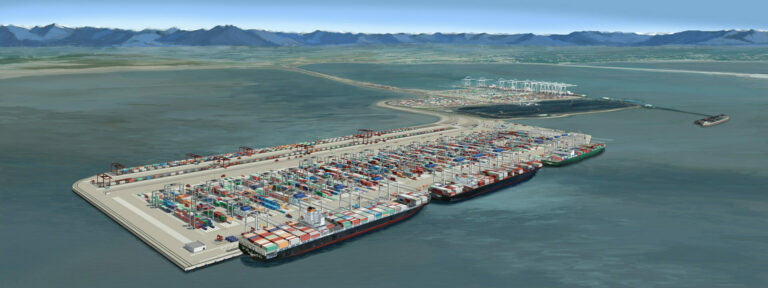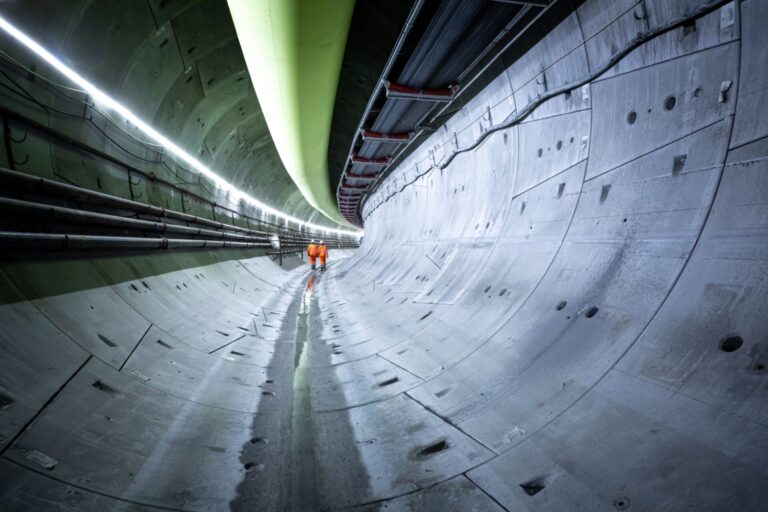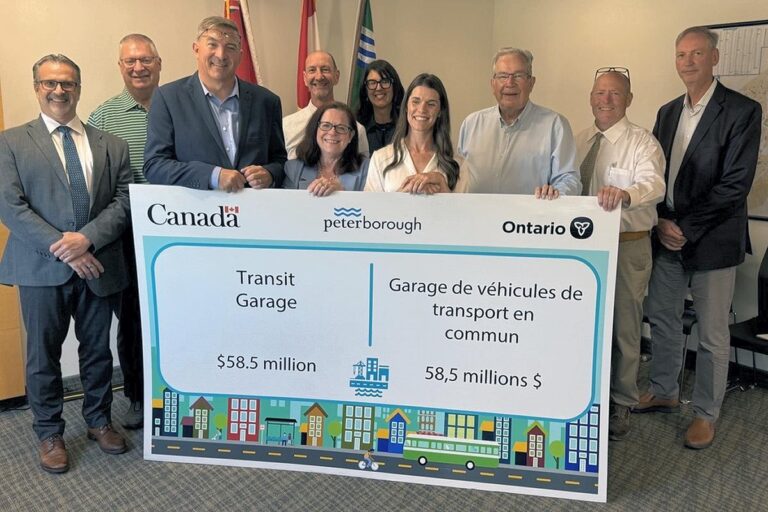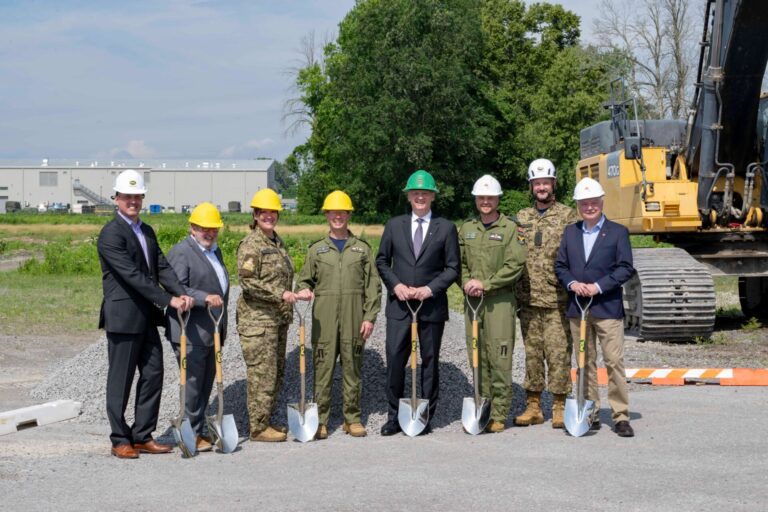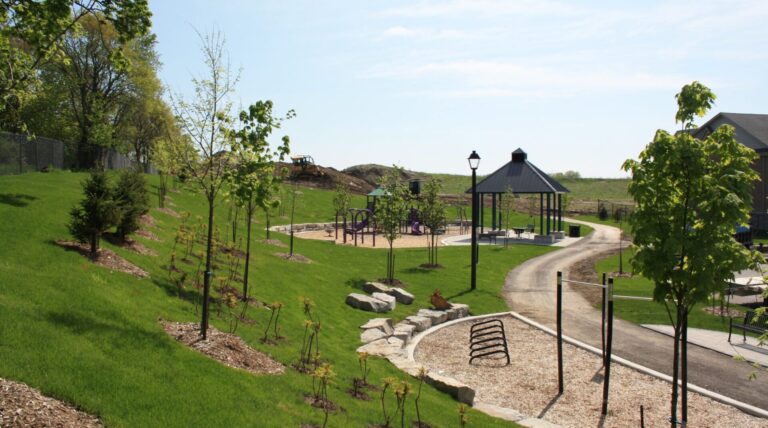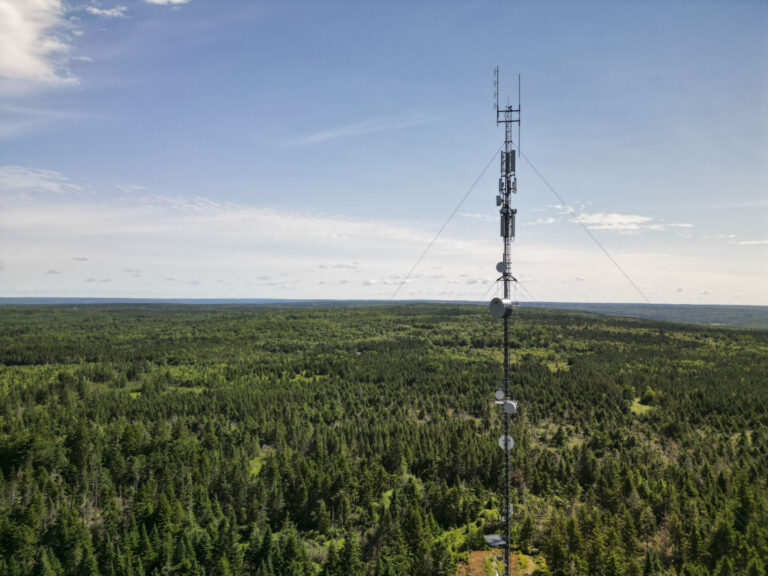The Residential and Civil Construction Alliance of Ontario (RCCAO) is calling on the federal government to provide more funding to help build and maintain Ontario’s aging infrastructure.
RCCAO commissioned new independent research by the Canadian Centre for Economic Analysis (CANCEA), which evaluates the percentage of Ontario gross domestic product (GDP) that is being invested into the province’s infrastructure from the federal and provincial budgets. CANCEA has been tracking this issue through econometric analysis since 2010. A 2018 research report by the Toronto-based, big-data analysts found that ideally the combined federal and provincial investment in Ontario infrastructure should be 5.4 per cent of Ontario GDP. The investments planned over the next five years amount to less than half of that at an average of 2.65 per cent.
CANCEA president and CEO Paul Smetanin says that measuring infrastructure investment as a percentage of the province’s GDP is an essential standard of economic health, including potential wage increases.
“As it stands, the numbers indicate infrastructure investment is not keeping pace with economic growth,” Smetanin says. “While the dollar value of infrastructure investment grew by 11 per cent between 2011 and 2018, investments as a percentage of Ontario’s GDP decreased from 3.25 per cent to 2.79 per cent – that’s a 14.2 per cent drop in investment.”
While the current provincial government pledged $144 billion over 10 years, CANCEA estimates that in total Ontario spent about $20.7 billion in 2018 and projects that it will spend $20.9 billion this year. In comparison, the federal government spent $3.1 billion in 2018 and is projected to spend $4.5 billion in 2019.
The federal contribution has remained under 0.5 per cent of GDP, as reported by CANCEA in its 2014, 2018, and 2019 reports.
RCCAO executive director Andy Manahan says that addressing our infrastructure gap through projects with good returns on investment is critical. This includes programs that focus on asset management.
“With more than one-third of Canada’s population, Ontario is the country’s economic engine. If we don’t build and maintain bridges, roads, transit, sewer and watermain systems, and more, we will be patching up the aging infrastructure built for our grandparents with borrowed money,” Manahan says. “Meanwhile, essential projects such as the Ontario Line (formerly the Relief Line) have to proceed as soon as possible to avoid tragedies on jam-packed platforms. While the provincial government can do more on infrastructure, it’s time for the federal government to significantly step up.”
To maximize total returns, CANCEA recommends that the investment should be split between the different tiers of government “according to expected future benefit.” For example, if infrastructure investment increased federal government revenue by 40 per cent and provincial government revenue by 60 per cent, an equal share of the risks and rewards would require that the federal government contribute 40 per cent to infrastructure investment whereas the provincial government would contribute 60 per cent.




